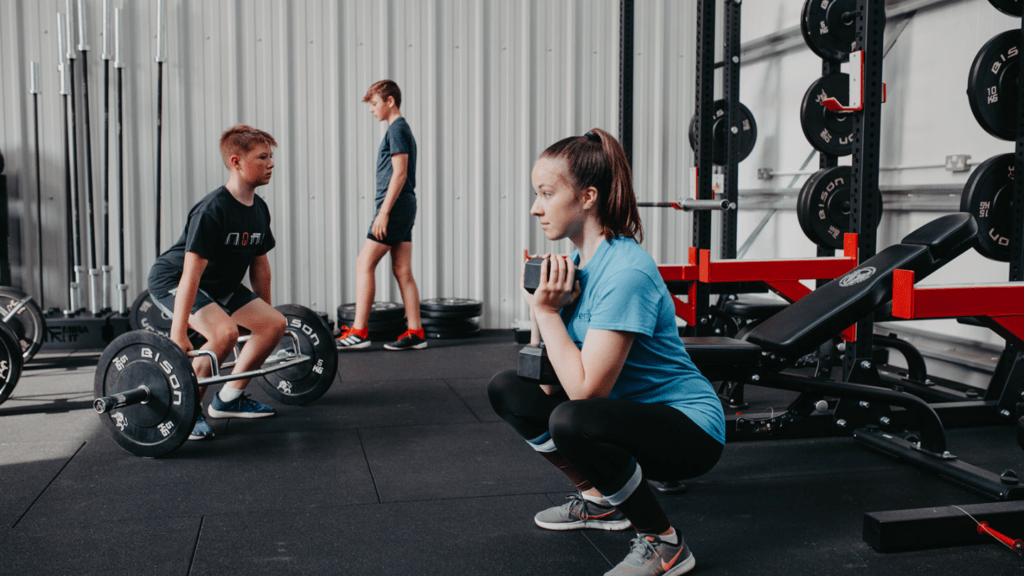Youth Development Training

Importance of Youth Strength and Conditioning Training:
- Physical Development: Strength and conditioning programs promote the development of muscle strength, endurance, flexibility, and coordination. This foundation supports proper movement patterns and overall physical health.
- Injury Prevention: Well-structured training can enhance muscle and joint stability, reducing the risk of injury, especially during sports or physical activities.
- Improved Performance: For young athletes, strength and conditioning can enhance sport-specific skills, speed, agility, and endurance, which improve their overall performance.
- Mental Benefits: Regular training fosters discipline, confidence, and a strong work ethic. It also encourages a positive relationship with exercise and sports.
- Long-Term Health: Early training promotes a lifetime of physical activity, reducing the risk of chronic diseases later in life and promoting overall well-being.
When Should It Start?
- Age Consideration: Strength and conditioning programs can begin as early as 6-8 years old, but the focus should primarily be on developing basic movement skills, coordination, and overall fitness.
- Training Approach: For children under 12, the emphasis should be on bodyweight exercises, learning proper movement mechanics (like squatting, jumping, and running), and having fun. As they approach puberty (around 12-14 years), resistance training can be incorporated with proper technique and lighter loads.
- Personalised Progression: The program should be tailored to individual maturity levels, growth patterns, and any specific athletic goals.
Common Injuries in Youth Strength and Conditioning:
- Sprains and Strains: These are the most common injuries, often involving the muscles or ligaments due to improper technique or overexertion.
- Growth Plate Injuries: Youths are still growing, and repetitive stress or heavy lifting can lead to injuries to the growth plates, often in the wrists, knees, or ankles.
- Tendinitis: Repetitive movements or overuse in sports or training can lead to inflammation of the tendons.
- Fractures: These can occur from falls or accidents during training, particularly when proper form is not maintained.
- Overtraining Syndrome: Training too intensely or too frequently without sufficient recovery can lead to fatigue, decreased performance, and increased injury risk.
Proper supervision, individualised programs, and a focus on technique and recovery are key to minimizing injuries and ensuring youth athletes benefit from strength and conditioning.

